10 Tips for Preventing Drone Crashes
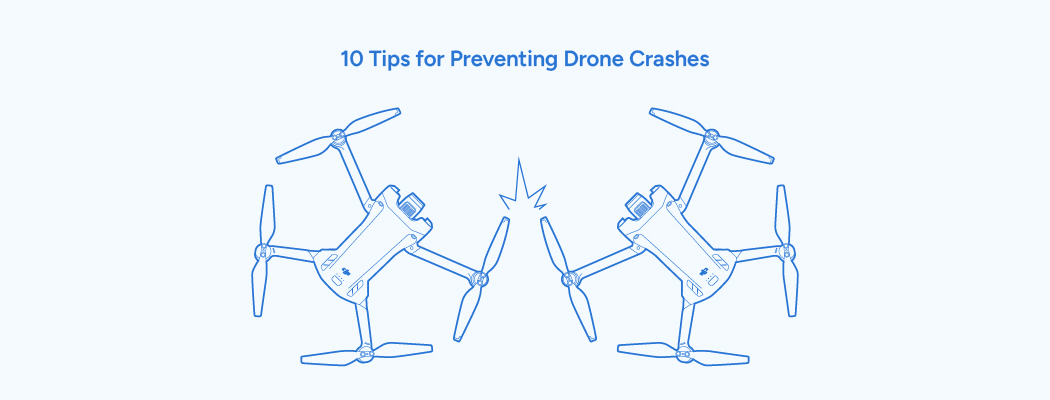
When purchasing a brand new drone it is important to understand what the common causes of drone crashes are and how to avoid them. The last thing anyone wants is to have their brand new drone crashing within weeks of ownerships. There are some factors that may be out of your control, but it is important understand what you can control and which mistakes you can avoid for the safest flight.
No GPS Signal

If you are flying your UAV indoors, the chances of having strong GPS signal is very slim and has been one of the most common root causes for crashes. Lots of new drone pilots get excited and decide to take off straight away inside their homes and find the drone drifting. The reason being is, without GPS, the drone is using it's sensors to fly and if there is not enough ambient light, it will be very difficult for the drone to work out its position.
Therefore is is recommended to fly outdoors and in open areas to get GPS connection. You should always wait until you get solid GPS connection, where the app goes green to fly and your home point has been successfully recorded.
Damaged or Incorrectly Installed Propellers

The propellers of your aircraft are like the wheels on your car, without proper maintenance and installation, it can lead to crashes which no one wants. The propellers are made of plastic to ensure they are sturdy yet soft so they don't seriously injure people or cause damage to other objects (however they still do spin at a very high RPM and can still cause damage).
The blades can be bent out of shape if they are not stored correctly. Bent blades will result in the motors having to overwork to provide enough thrust and in some cases may not provide enough thrust to withstand wind. Always inspect your propellers before flight and replace ANY propellers that have bending, cracks or chips.
Ensure to twist the propellers onto the motor correctly and onto the correct motor. Give the propeller a good tug and feel to ensure they are installed correctly before taking off.
Compass Error
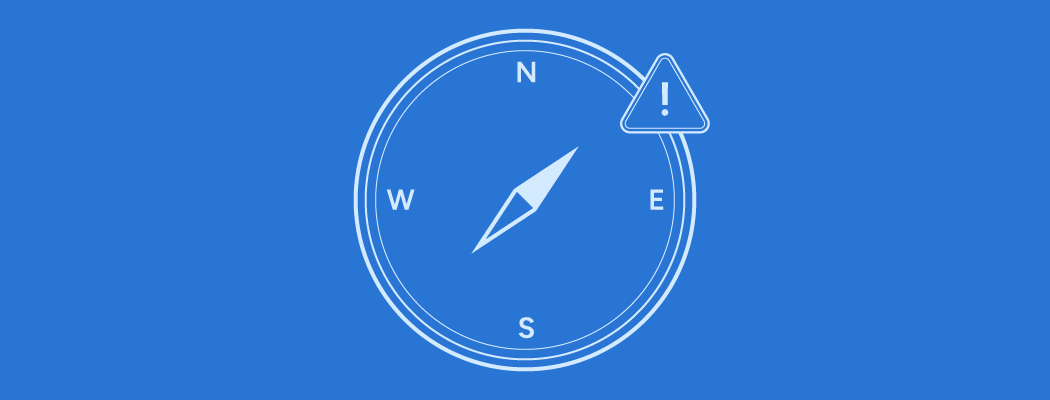
A poorly calibrated compass has been a root cause of crashes for many of our customers and it not an ideal situation to be in. The compass can be thrown off by magnetic and radio frequency sources and should be avoided. In order to prevent this from happening, we suggest avoiding getting the drone too close to magnets such as car speakers during transportation along with objects with high electromagnetic interreference during flight. These include high voltage power lines, cell phone towers and metals/wiring in the ground can affect the compass during take off and landing.
Another thing to note is that if you have travelled more than 50km from the last calibration point for the compass, the drone will require you to recalibrate before flight. If it does not require you to re-calibrate, we highly recommend you do.
If it also has been greater than 30 days since the last flight, we highly recommend recalibrating the compass.
Disconnected Video Transmission
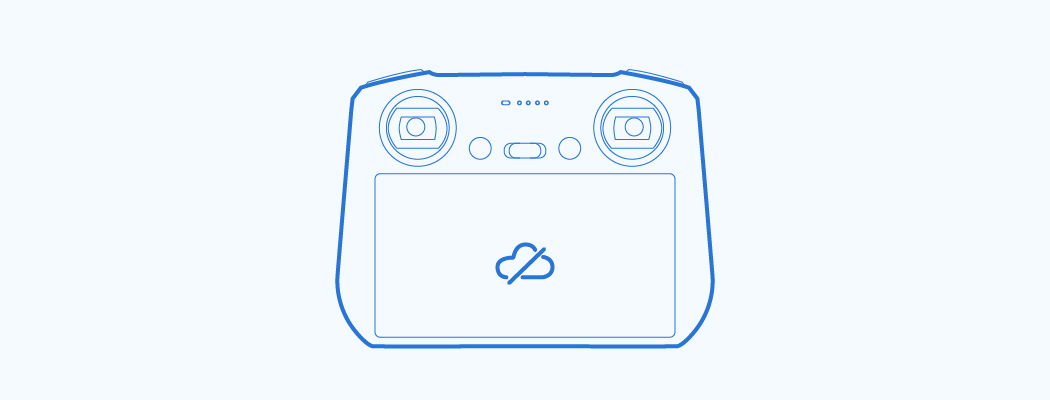
Another common cause of drone crashes is due to the video transmission being disconnected. In the even the drone is disconnected, the drone will hover for around ~10 seconds before returning back to home (unless this setting is changed in the settings). Sometimes the disconnection may not be due to the range, but actually from loose cables, crushed cables and damaged ports. Ensure your cables are always well plugged in before flight and are unplugged carefully after flight to keep them in good shape.
If you have dropped your controller with the cable plugged in, the remote may have experienced damage and it is important to ensure everything is still okay and undamaged before taking flight again.
Return To Home
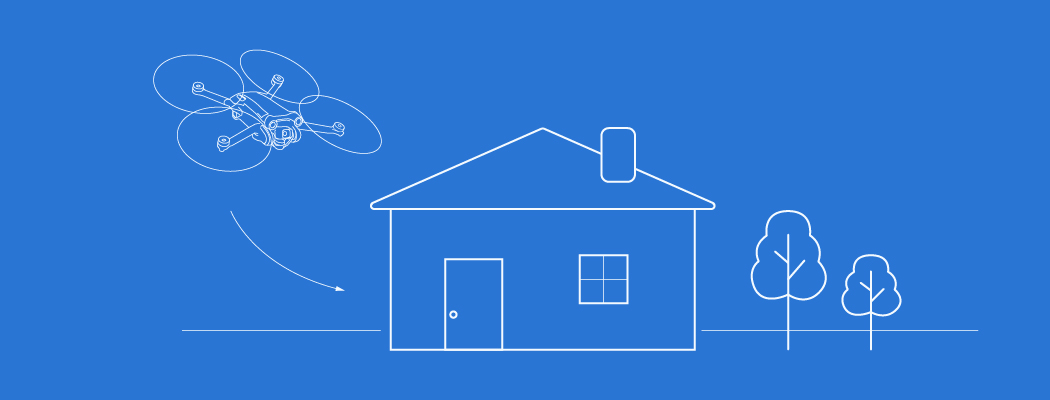
One of the most natural reactions when a pilot looses sight of a drone is to hit return to home, which sends the drone to fly up or down to the set predetermined height and fly in a straight line to land. However, not all drones can avoid obstacles and some will simply follow the straight line and will collide into anything in its way and can easily result in a serious crash. Every time you hit RTH, you should always make sure there are no obstacles on the way home.
Incorrect Home Point

When you take off before the drone can record its home point, the home point may be recorded during flight which can be a hassle when returning to home. In the event this does happen, you can reset the home point to the controller to ensure it is correct. Further, if you walk away from the home point, you should update the home point to the controllers location so the drone does not return back to the original spot.
Power Failure
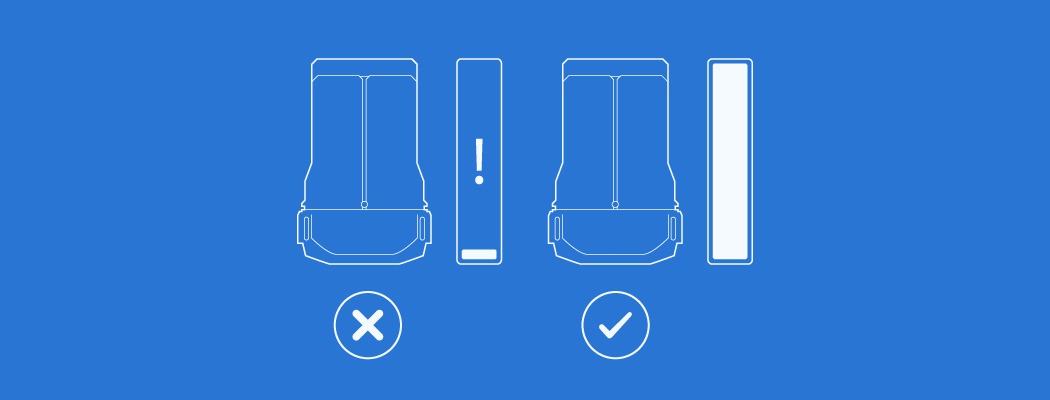
When you decide to choose your battery, ensure to choose a battery that is fully charged. You never want to start a flight with a low or partially charged battery. Whilst yes you can still fly, there is a risk of loosing power mid-flight or have less than expected flight time remaining.
Insufficient battery to return to home safely
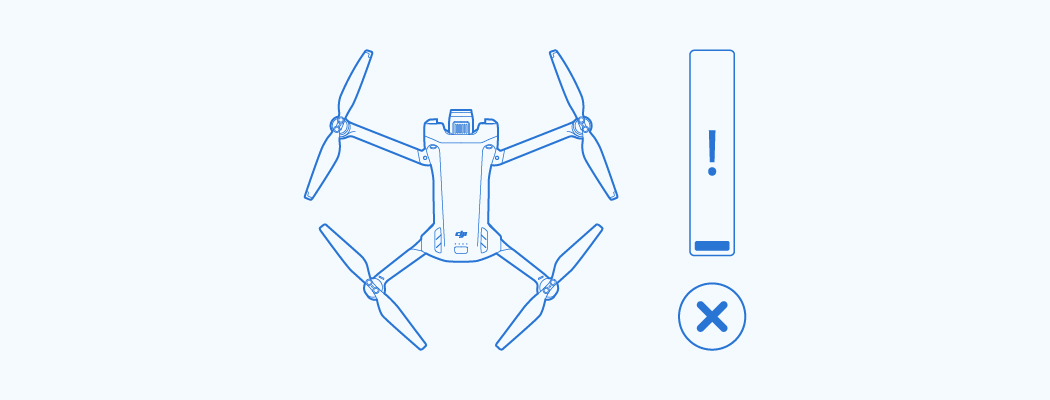
It is important to land your drone with at least 30% power in reserve such that in case an emergency requires you to delay the landing you have enough time to either find a new landing spot or deal with the problem. Furthermore, some UAVs come with a failsafe feature where the drone automatically heads for its home point once the battery reaches 10% and while this can be useful, if there are any trees or other obstacles between the drone and its home point it will fly straight into them.
Crashing into Another Drone/UAV
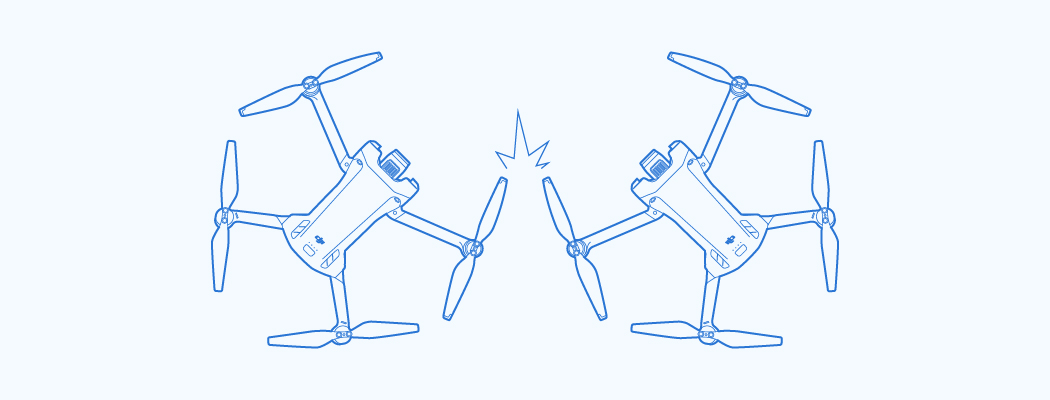
If there are other UAVs in the sky there is always the possibility of a collision especially if the pilots are both unaware of each other’s presence in the area, performing complex flight maneuvers or racing.
Mistaking the Direction of Flight

When the drone is flying so high up in the sky it can be hard to tell, especially for beginner pilots, which side is which and so one can easily mistake the tail end for the nose and hence misdirect the UAV. Make sure to familiarize yourself with which side is which before flying farther out.
Recommended Articles
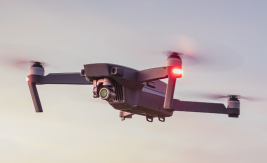
What do I do after I crashed my drone?
Accidents happen to everyone and we're here to help you in the event of an accident.
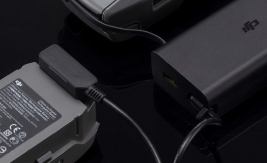
Drone Battery Maintenance Guide
In this guide, we will go through everything you need to know about DJI's Intelligent Flight Battery and how to properly maintain it to have a long lasting battery. The batteries are the only consumable part of the drone and requires the most attention.
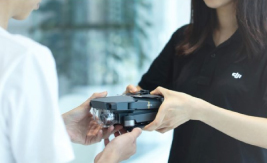
DJI Care Refresh Get Replacements if You Crash
Every new drone pilot asks themselves the same question: 'Am I going to crash? This isn't so surprising. Worries linger in all pilot's minds, even experienced ones. Fortunately, DJI Care Refresh can put your mind at ease.



